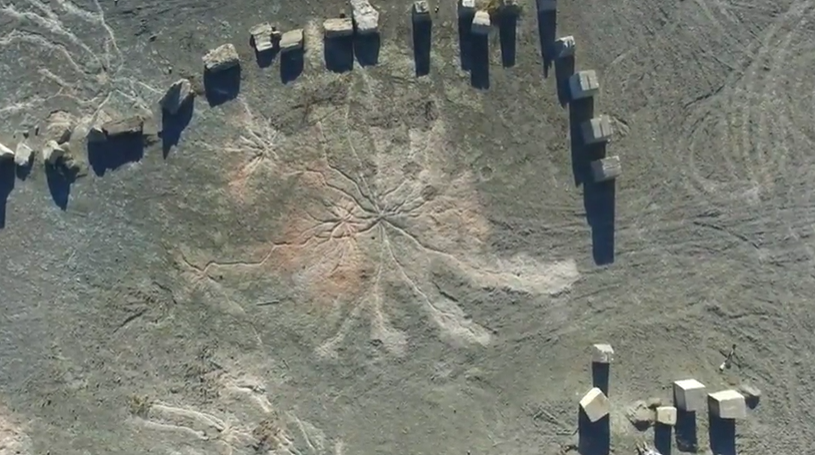
An ancient forest that flourished around 385 million years ago has been discovered in an abandoned sandstone quarry in New York.
According to the study published in Current Biology on Thursday, the fossilized forest found in the Catskill region near Cairo, New York, is at least two million older than the one in Gilboa, New York, which was previously thought to be the oldest.
The study began after a person from the New York State Museum reported to see a structure that looks like a root at the quarry.
Christopher Berry, study co-author and a paleobotanist at Cardiff University in the United Kingdom, explained upon visiting the site, he initially thought a modern tree might have grown on the rock and was eventually removed.
However, upon inspection, they discovered that the root discovered is an Archaeopteris - a tree similar to pine tree but has fern-like fronds that looks hairy. Some clusters of Cladoxylopsid, a giant leafless tree that looks like a celery stick, were also discovered.
Berry said that it is not something that can immediately be recognized as a modern tree and actually looks like an "alien" to us. Two of the identified trees were said to be unique only at the site.
Soil inspection and carbon dating techniques also revealed that the forest exists during the mid-Devonian era -- about 150 million years before the dinosaurs roamed the Earth.
A forest without large animals is funny, said Barry. They suspect that the primary occupants of the forest were the primitive insects called myriapods, which looks similar to millipede.
The Transition
For Berry, this discovery provided more insights about one of the greatest transitional periods of Earth - the appearance of the forest.
Initially, the atmosphere has high carbon dioxide level. There was also no ice caps back then due to the hotter climate.
However, as the trees began to grow and began absorbing carbon, the CO2 plummeted, resulting in a lower temperature. So, by the end of the Denovian period about 350 million years ago, glaciers and polar ice became permanent.
This sudden climate change is what caused the extinction of the forest, the study also said. A catastrophic flood might have occurred and killed the trees which fossilized the roots. As an evidence, ancient fish fossils were found on the largest trees.
Additionally, Berry told CNN that the Cairo forest possibly located 30 degrees south of the equator, which experiences both temperate and arid climate.
Why history matters?
The event is the opposite of what we are experiencing today but both are under the threat of extinction, said William Stein, lead author and emeritus professor of biological sciences at Binghamton University.
By looking at the origin of these forests and how they went extinct, we will have an insight about what could happen in the future and what we could do to prevent it, Stein also added.
Between 1990 and 2016, more than 502,000 square miles -- bigger than the entire South Africa -- of forest, according to the World Bank. About 17 percent of the Amazon rainforest were also cut down over the past 50 years.
Reversing the process of forestation will result in ice melt, said Berry.
Scientists previously reported that about 200 million will become permanently displaced as the sea consumes their areas by the end of the 21st century. Many countries, mostly from Asia, will also experience more flooding.
ALSO READ: The Economic and Humanitarian Catastrophe than Sea Level Experts Has Warned About
© 2025 NatureWorldNews.com All rights reserved. Do not reproduce without permission.





